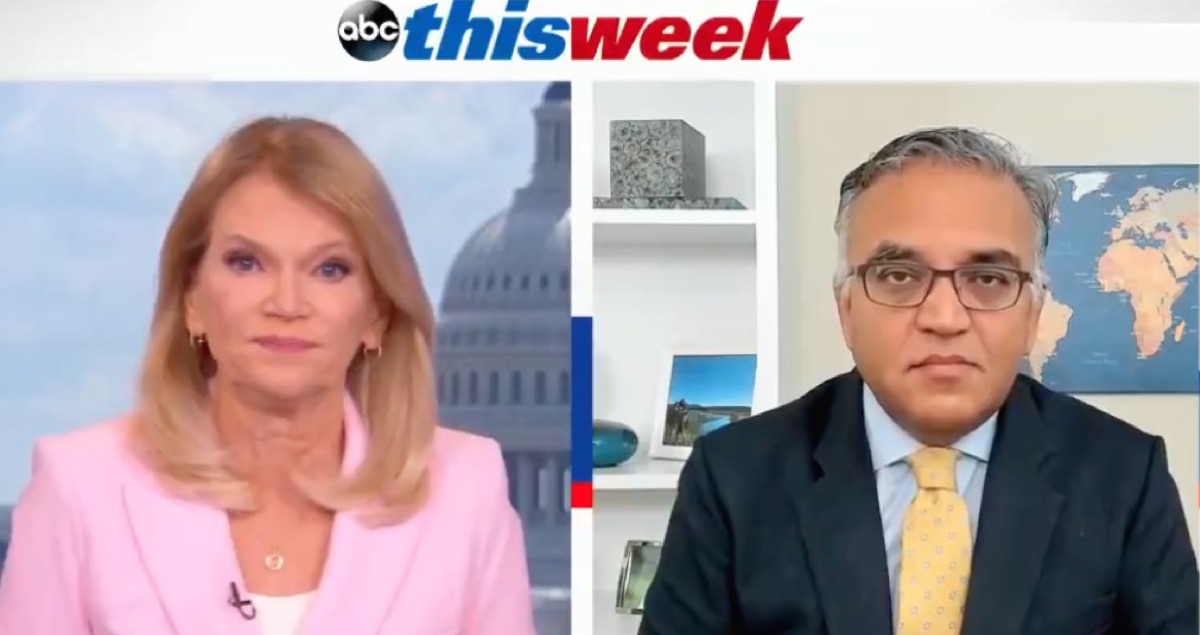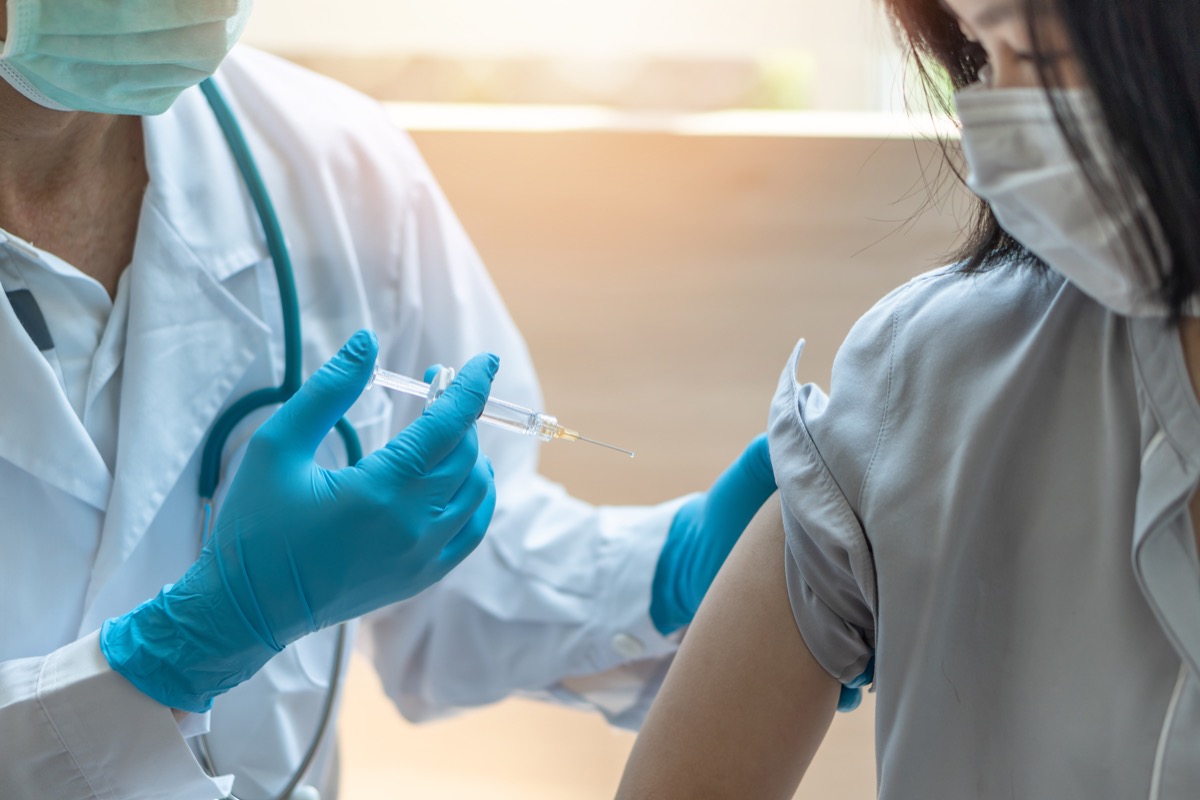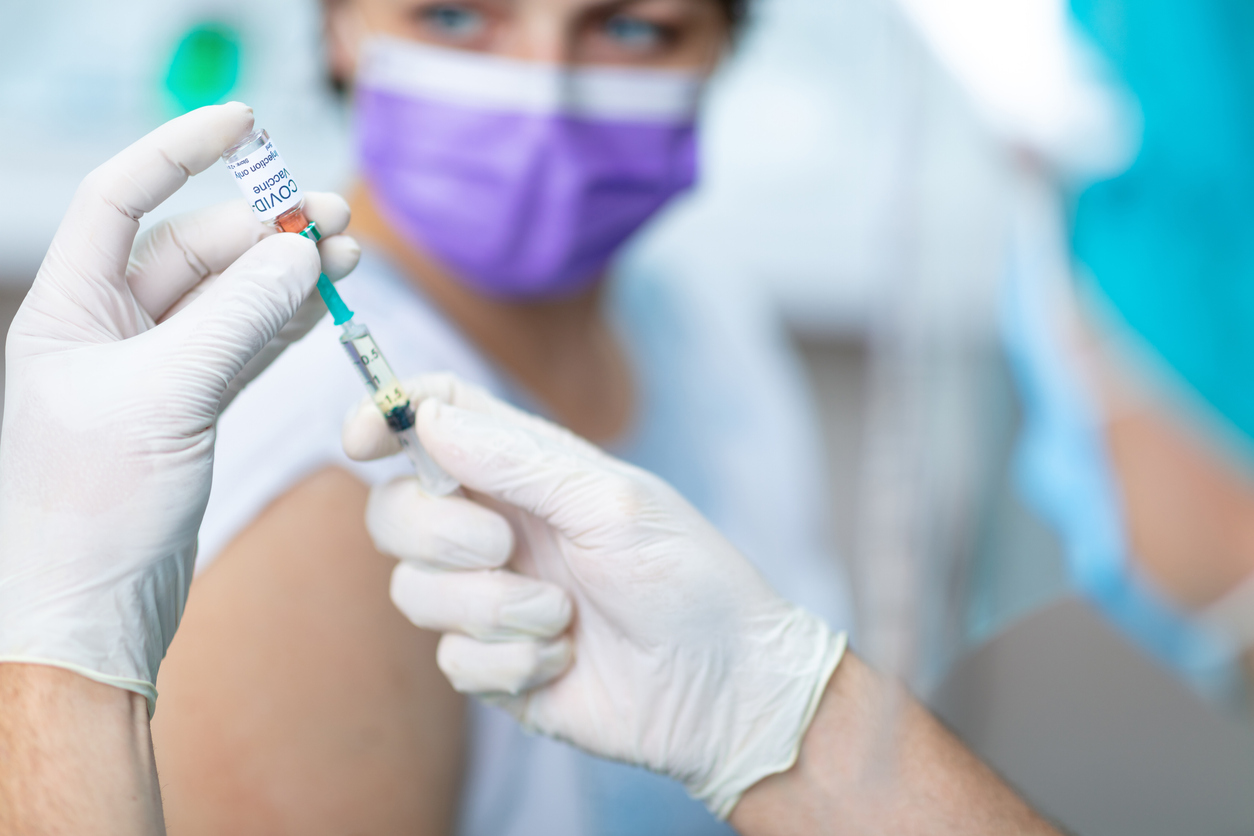This Week co-anchor Martha Raddatz asked Jha when he thinks the U.S. will start returning to our old normal. “If we keep vaccinating Americans, I think by July 1, 2021, you’re going to see much of America feel close to normal,” he said. “Look, it won’t be 100 percent, [but] this can be pretty close to what life was like before the pandemic.” And for more up-to-date COVID news sent to you directly, sign up for our daily newsletter. Bill de Blasio, mayor of New York City, has also forecasted July 1 as the specific date to bring the Big Apple back to normal, Reuters reports. “We are ready to bring New York City back fully on July 1. Now we can see that light at the end of the tunnel,” de Blasio said. “I think the best way to proceed here is to set out the city’s vision.” In March, President Joe Biden set July 4th as his target date for getting back to business as usual across the U.S. “While we still have a long way to go in this fight, and a lot of work to do in May and June to get us to July 4th, we’ve made stunning progress, because of all of you, the American people,” Biden said on Apr. 27, reiterating his goal. Jha said he believed having most of the country reopened by that date was “very achievable.” And for more information on vaccine efficacy, You’re More Likely to Get COVID After Vaccination If You’re Over This Age.ae0fcc31ae342fd3a1346ebb1f342fcb Though he said he was “very optimistic,” Jha explained that “it’s going to depend on vaccinations.” After noting that new case rates in the U.S. are still at more than 50,000 a day, Jha explained that half of adults have not yet gotten their first COVID shot. It’s “a pretty dangerous time to be unvaccinated,” he said. Epidemiologist Michael Osterholm, PhD, director of the University of Minnesota Center for Infectious Disease Research and Policy, has also shared his concerns about lower vaccination rates. “We’re watching vaccinations drop precipitously in terms of new vaccinations. For the last four or five days, we have had more people in this country vaccinated for second dose only as opposed to the first dose, indicating that the numbers are coming down,” the infectious disease expert said on the Apr. 29 episode of his Osterholm Update podcast. He warned states with higher new case rates and lower vaccination rates should “be careful” right now. To find out which states specifically he’s worried about, check out These 14 States Need to “Be Careful” With COVID Now, Virus Expert Warns. Speaking on ABC’s Good Morning America on Apr. 30, Jha said: “I think we can confidently say the worst is behind us barring some crazy unforeseen variant that none of us are expecting to see. We will not see the kind of suffering and death we have seen over the holidays. I think we are in much better shape heading forward.” According to COVID tracking data collected by the Centers for Disease Control and Prevention (CDC), as of Apr. 30, the current 7-day moving average of daily new cases is now 52,528, a 16.2 percent decrease from the previous week’s numbers. And in comparison to January, the 7-day average dropped a total of 79 percent. And for more on the states that are the exception to that trend, These 4 States Are Seeing the Worst COVID Surges Right Now.



